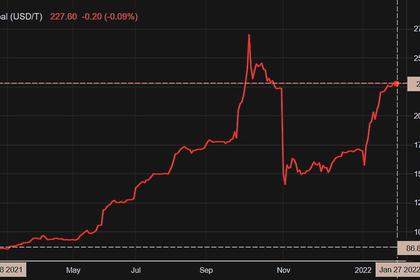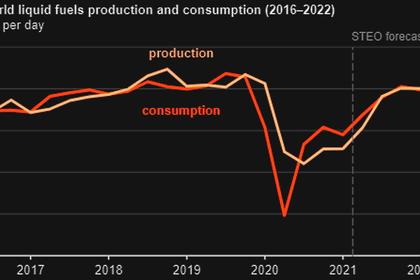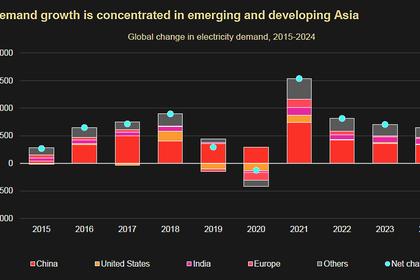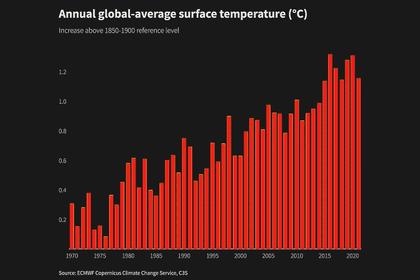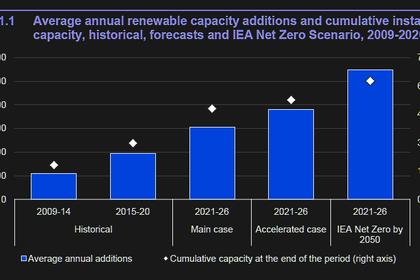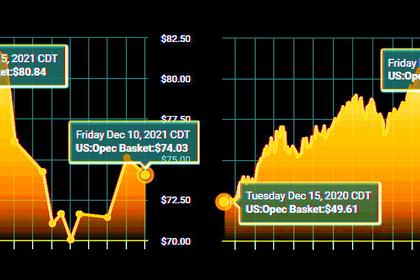
ENERGY RESOURCE ADEQUACY RISKS WILL UP
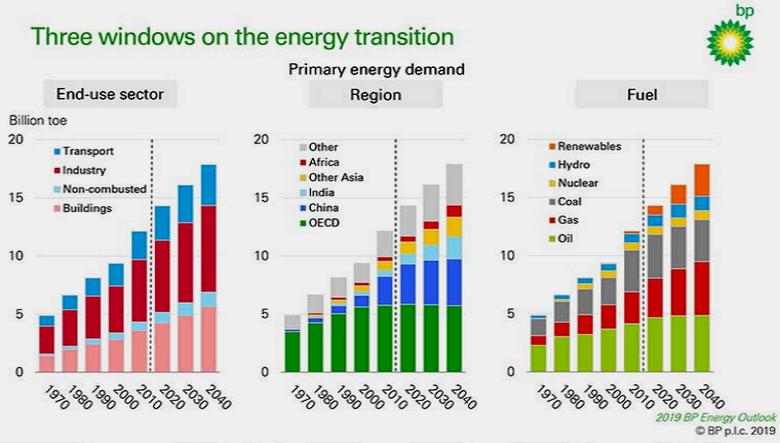
By AMANDA SARGENT Senior Resource Adequacy Analyst Western Electricity Coordinating Council (WECC)
ENERGYCENTRAL - Jan 25, 2022 - Throughout the West’s diverse energy resource portfolio, in recent years there has been a shift away from large baseload resources (e.g., coal, nuclear) toward more renewable and largely variable resources. This transition requires new methods of resource planning. In response, the Western Electricity Coordinating Council (WECC) developed a probabilistic tool for performing resource adequacy assessments and an interconnection-wide assessment of resource adequacy over the next 10 years, called the Western Assessment of Resource Adequacy, or Western Assessment.
The 2021 Western Assessment concludes resource adequacy risks to reliability are likely to increase over the next 10 years. WECC recommends entities take immediate action to mitigate near-term risks and prevent long-term risks. Approaches to evaluating and planning for resource adequacy must adapt to changes affecting the system and evolve to ensure future reliability. The world has changed. The West has changed. These changes appear not only destined to continue, but to accelerate. If reliability and resilience are to be maintained, our planning, analyses, and ideas about resource adequacy must also change.
Based on current projections, by 2025 each region and the interconnection will be unable to meet a 99.98% one-day-in-ten-year (ODITY) reliability threshold because they will be unable to eliminate the hours at risk for loss of load even if all planned resource additions are built and power is imported.
The assessment relies on data collected from BAs describing their demand and resource projections. It evaluates resource adequacy across the entire interconnection and each of the five subregions.
The assessment uses two approaches to evaluate resource adequacy. The first is an energy-based probabilistic approach that evaluates potential demand and resource availability for each hour over the 10-year study period (2022–2031) to identify instances in which there is a risk of load loss. The second approach combines information from the probabilistic analysis with a deterministic model to examine how the system reacts to specific system conditions. The deterministic approach highlights risks associated with a few extreme scenarios.
Several conditions create the backdrop for this assessment, including a shift in the diversity of the interconnection, changes in demand and resource variability, the rapid pace of change, and the fact that resource adequacy must be analyzed and addressed across multiple time frames.
WECC’s analysis of resource adequacy over the next 10 years reveals the following takeaways:
This thought leadership article was originally shared with Energy Central's Clean Power Community Group. The communities are a place where professionals in the power industry can share, learn and connect in a collaborative environment. Join the Clean Power Community today and learn from others who work in the industry.
-----
Earlier:
